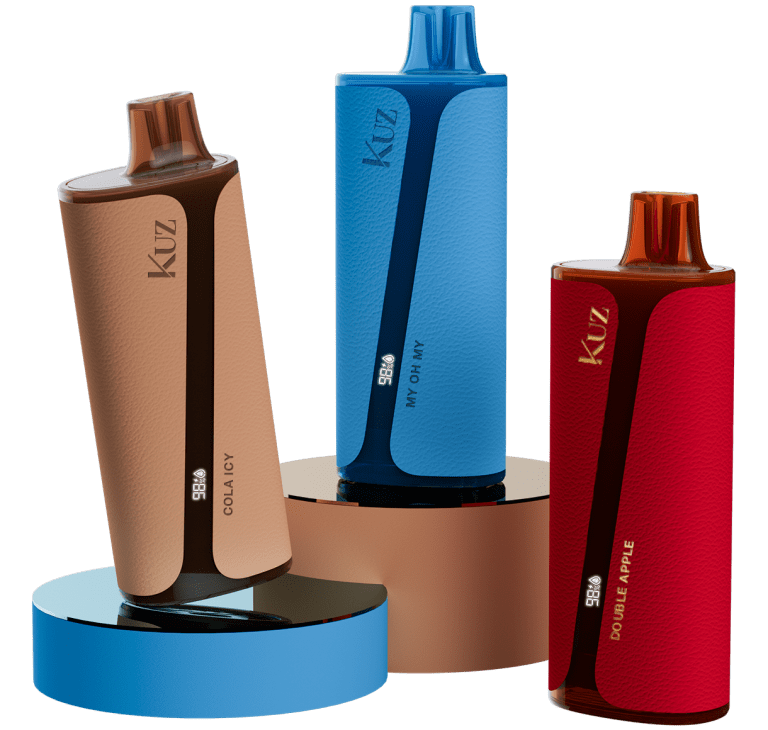As more smokers consider switching to vaping, one of the most frequently asked questions is: Are vapes cheaper than cigarettes? While the health benefits of vaping over smoking have been well-documented, the financial aspects are equally important for those looking to make the switch. In this article, we’ll dive into the costs associated with both habits, providing a detailed comparison to help you make an informed decision.
The Cost of Smoking: A Steady Climb
Smoking is an increasingly expensive habit, with prices per pack steadily rising due to taxes and inflation. In the United States, the average cost of a pack of cigarettes ranges from $6 to $14, depending on the state. For a pack-a-day smoker, this adds up to between $2,190 and $5,110 per year. Smokers in states like New York, where cigarette prices are at their highest, may spend even more.
Vaping: Initial Investment and Ongoing Expenses
Vaping, on the other hand, presents a different financial picture. The initial cost can be higher due to the need to purchase a vaping device, which can range from $20 for a basic pod system to $100 or more for advanced mods. After the initial investment, the ongoing costs include e-liquids, coils, and occasional device replacements. On average, vapers spend around $50 to $100 per month on these consumables, which translates to $600 to $1,200 per year.
Disposable Vapes vs. Refillable Systems
Disposable vapes offer convenience but at a higher cost per milliliter of vape juice. These devices can cost around $1.30 per ml, making them the most expensive vaping option. In contrast, refillable systems allow users to purchase larger bottles of vape juice, reducing the cost to approximately $0.43 per ml. For those who are more budget-conscious, mixing their own vape juice can bring the cost down even further, to as little as $0.10 per ml.
Long-Term Savings: Vaping Wins Out
When comparing the long-term costs, vaping generally emerges as the more economical choice. A smoker who switches to vaping could save anywhere from $1,500 to $2,300 annually, depending on their smoking habits and the type of vaping products they choose. Over time, these savings can add up significantly, providing financial relief while also offering a less harmful alternative to smoking.
Variables to Consider
While vaping can be cheaper than smoking, the actual savings depend on several factors, including the choice of device, the type of e-liquid, and vaping habits. Heavy vapers who prefer premium e-liquids or frequently upgrade their devices might not see as much of a financial benefit. However, for the average vaper, the savings compared to smoking are substantial.
Conclusion: Making the Switch
In conclusion, vaping is generally more cost-effective than smoking, especially in the long run. With cigarette prices continuing to rise, switching to vaping could offer significant savings while also reducing the health risks associated with smoking. However, it’s important to carefully consider the initial investment and ongoing costs to ensure that vaping aligns with your financial goals.
For smokers looking to quit or reduce their cigarette consumption, vaping presents a viable, cost-effective alternative that can ease the financial burden while supporting a healthier lifestyle.



